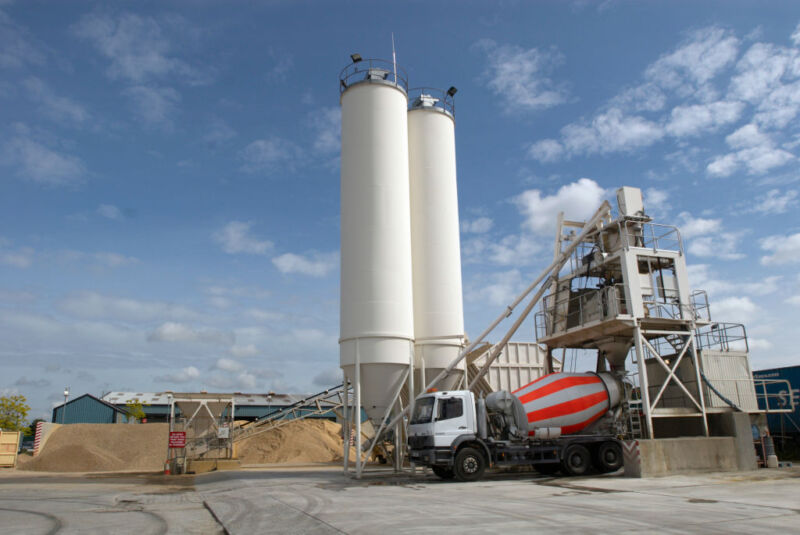[ad_1]

Nobody knows who did it first, or when. But by the 2nd or 3rd century BCE, Roman engineers were routinely grinding up burnt limestone and volcanic ash to make caementum: a powder that would start to harden as soon as it was mixed with water.
They made extensive use of the still-wet slurry as mortar for their brick- and stoneworks. But they had also learned the value of stirring in pumice, pebbles, or pot shards along with the water: Get the proportions right, and the cement would eventually bind it all into a strong, durable, rock-like conglomerate called opus caementicium or—in a later term derived from a Latin verb meaning “to bring together”—concretum.
The Romans used this marvelous stuff throughout their empire—in viaducts, breakwaters, coliseums, and even temples like the Pantheon, which still stands in central Rome and still boasts the largest unreinforced concrete dome in the world.
Two millennia later, we’re doing much the same, pouring concrete by the gigaton for roads, bridges, high-rises, and all the other big chunks of modern civilization. Globally, in fact, the human race is now using an estimated 30 billion metric tons of concrete per year—more than any other material except water. And as fast-developing nations such as China and India continue their decades-long construction boom, that number is only headed up.
Unfortunately, our long love affair with concrete has also added to our climate problem. The variety of caementum that’s most commonly used to bind today’s concrete, a 19th-century innovation known as Portland cement, is made in energy-intensive kilns that generate more than half a ton of carbon dioxide for every ton of product. Multiply that by gigaton global usage rates, and cement-making turns out to contribute about 8 percent of total CO2 emissions.
Granted, that’s nowhere near the fractions attributed to transportation or energy production, both of which are well over 20 percent. But as the urgency of addressing climate change heightens public scrutiny of cement’s emissions, along with potential government regulatory pressures in both the United States and Europe, it’s become too big to ignore. “Now it’s recognized that we need to cut net global emissions to zero by 2050,” says Robbie Andrew, a senior researcher at the CICERO Center for International Climate Research in Oslo, Norway. “And the concrete industry doesn’t want to be the bad guy, so they’re looking for solutions.”
Major industry groups like the London-based Global Cement and Concrete Association and the Illinois-based Portland Cement Association have now released detailed road maps for reducing that 8 percent to zero by 2050. Many of their strategies rely on emerging technologies; even more are a matter of scaling up alternative materials and underutilized practices that have been around for decades. And all can be understood in terms of the three chemical reactions that characterize concrete’s life cycle: calcination, hydration, and carbonation.
[ad_2]
Source link








